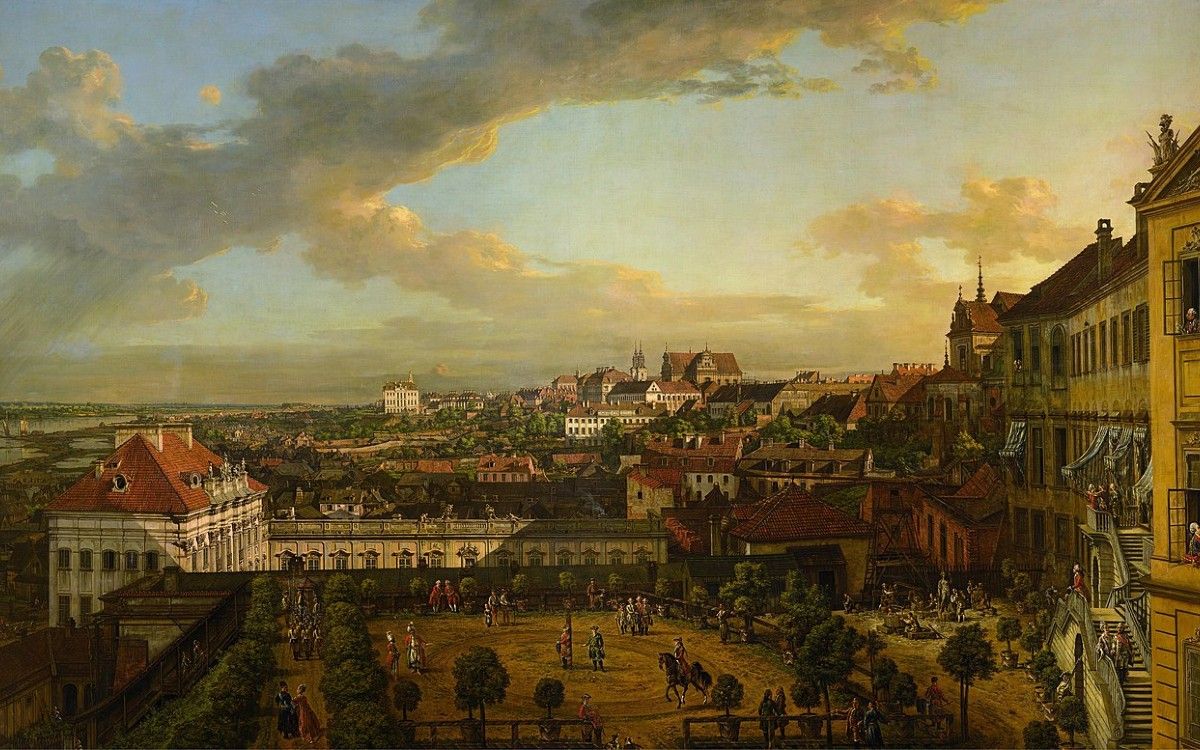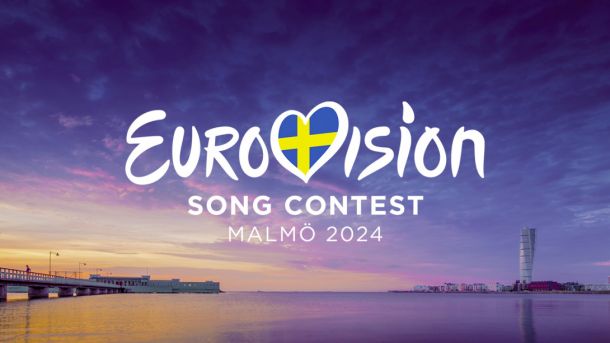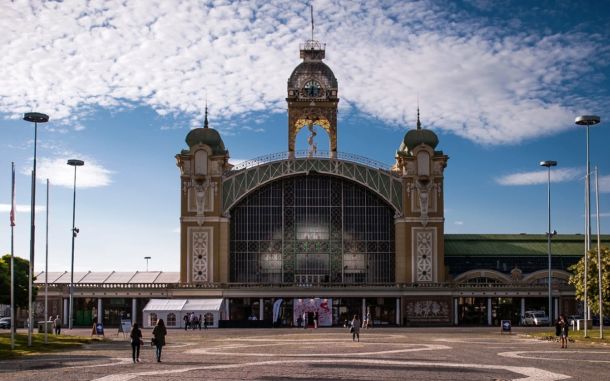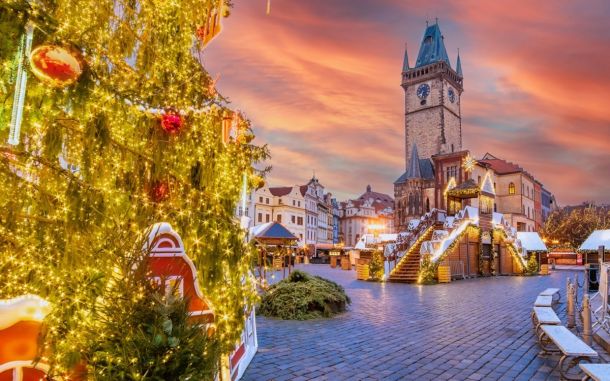Bellotto: the 18th-century artist who assisted Warsaw in reviving itself from World War II

The 18th-century panoramas by Bellotto are practically a part of Warsaw’s urban fabric since the Second World War’s rebuilders looked to these incredibly accurate paintings for examples of how the city had once appeared and would soon seem again.

The result is breathtaking. Visitors to the Old and New Towns, as well as the so-called Royal Route created by Krakowskie Przedmiecie and Nowy Wiat streets, the center of historic Warsaw, can be excused for falling victim to the delusion that what they are seeing is the capital’s original centuries-old fabric.
Reconstructing Warsaw
The historic center of Warsaw is, in the poetic words of Magorzata Omilanowska, a Polish art historian and former minister of culture and national heritage, “the sum of less or more accurate reconstructions of the structures that once stood in this city and new buildings that convey the atmosphere of the places and streets as architects understood, remembered or wanted to remember them”.
“It is the emanation of the dream of a generation of architects experiencing the trauma of war, who built the Warsaw they wanted to love and believed that its residents desired one like it.”

The capital of Poland suffered severe damage during the Second World War. 75% of the city’s structures were ultimately destroyed as a result of the war, including the September campaign of 1939 and the occupying force’s repressions after putting down the Warsaw Uprising in 1944. The Capital City Reconstruction Office was in charge of conducting an inventory of the remaining structures and organizing the construction of new ones (BOS).
Józef Sigalin, one of its founders, came into an unexpected ally while creating the blueprints for the reconstruction of the Old and New Cities. Five images of Bellotto’s paintings were included in the paperwork created for the presentation to the Soviet delegation in October 1945, according to Sigalin’s memoirs, as resources for the reconstruction of the historic neighborhood.
How did the architects of Warsaw’s post-war city find such faith in the urban landscapes portrayed by a Venetian artist in the 1770s?
The thriving capital of the 18th century
In honor of his famous uncle Antonio Canal, Bernardo Bellotto, commonly known as Canaletto, arrived in Warsaw in 1767. The city was thriving at the time, having recovered from the destruction brought on by conflict in the preceding century, particularly the Swedish invasions.
The sejms that were held there—assemblies of magnates and members of the landed gentry—were important in this growth because they caused an influx of visitors and their servants into the city and its outskirts.
To avoid having to find lodging for their travels, the wealthiest of them constructed lavish palaces in the city. Even more significantly, Warsaw was once more the de facto royal residence with the election of Stanisaw II August as the Polish monarch in 1764. Sigismund (Zygmunt) III Waza relocated the capital there from Kraków in 1596, but succeeding kings preferred to base their courts elsewhere. John (Jan) III Sobieski was happiest in Wilanów, but the Saxon dynasty kings tended to stay in Dresden.
Thus, under Stanisaw August’s leadership, both the city and the royal castle, which served as the residence of the supreme state rulers, saw a rebirth. Although the monarch’s reign was tragic politically, it was also a time of rejuvenation for intellectual, artistic, and cultural life.
The king encouraged academics, writers, and artists by hosting gatherings (known as “Thursday lunches”) in the style of French literary salons. His support encouraged the growth of education and contemporary civic views, as well as the emergence of art and architecture.
Stanisaw August had a good education, was aware with French art, and had a solid grasp of the political, civic, and possible propagandistic functions of painting. He intended to establish a European-style academy in Warsaw that would ensure artists’ membership in the liberal arts community and social growth.
Sadly, their plans were unsuccessful. However, Warsaw benefited from having foreigners like Marcello Bacciarelli, Jean-Baptiste Pillement, Josef Grassi, Johann Baptist von Lampi the Elder, and Bellotto himself present at the court. The Royal Painting Studio (Malarnia), which was founded in 1766 and is overseen by Bacciarelli at the Royal Castle, took the role of the proposed fine arts academy.
The studio was a teaching facility for several Polish artists. Scholarships to Rome, Paris, and Dresden were awarded by the king to the best painters. Among those who benefited from his kindness were Franciszek Smuglewicz, Anna Rajecka, and Alexander Kucharski. “Polish art today would not exist without the Painting Studio and Stanisaw August’s deeds in the 18th century,” as art historian Izabela Zychowicz put it.
Among the foreigners employed in Poland, Bernardo Bellotto distinguished out for his exceptional ability to capture cityscapes. His uncle taught him in Venice where he was born, and after working in Dresden, Vienna, and Munich, he continued to hone his craft.
He worked for the Polish king in Warsaw for the final 13 years of his life, transforming the city’s artistic landscape. 22 panoramas depicting the most significant features of the Polish-Lithuanian Commonwealth’s capital were among the other works Stanisaw August had Bellotto create for him. They were intended to adorn one of the halls of the Royal Palace, where they still hang today.

Despite the fact that, as Omilanowska writes, this series was born out of “the idea to perpetuate the most important architectural investments of the king himself and the families related to him,” its significance was considerably broader. First off, the show made Warsaw an intriguing theme, comparable to other European cities “portrayed” by renowned vedutistas like Venice and Rome.
For the first time, the visitor could view various locations in the city at once and take in its famous landmarks or magnificent monuments thanks to a collection of Bellotto paintings in one space. Contemporaries like Count Micha Jerzy Mniszech, who hired artist Zygmunt Vogel to watercolor replicate all the vedutas, quickly recognized this importance.
City life and the urban fabric of Warsaw
View of Warsaw from Praga, which portrays a panorama of the capital as seen from the eastern bank of the Vistula river, is unquestionably the most magnificent artwork. The New Town’s structures may be seen from the right, including the Gothic tower of the Church of the Visitation of the Most Blessed Virgin Mary and the dome of the Church of the Holy Sacrament of St. Kazimierz.
The Dominican, Pauline, and Piarist churches’ towers are seen farther away, and to their left is the Marshal’s Gate.
The artwork also shows the Old Town’s tenements, with the tower and dome of the Jesuit Church emerging.
Further still, the Old Town tenements are shown in the painting, with the Jesuit Church’s tower and dome emerging behind them and the roof of St. John’s Collegiate Church—cathedral—next today’s to them.
The Royal Castle and Lubomirski Palace, also known as the Copper-Roof Palace, dominate the center of the scene. To the left of these structures are the structures that flank Krakowskie Przedmiecie: St. Anne’s Church, the Carmelite Church, the Ostrogski Palace on Tamka Street, the Ujazdów Castle with its four corner towers, and the Ostrogski Palace (nowadays the home of the Centre for Contemporary Art).
All of these structures continue to rank among Warsaw’s top tourist destinations today, with tens of thousands of daily visitors.
However, Canaletto’s perspectives also captured the way of life and traditions of the citizens of the 18th-century capital of Warsaw, as well as the city’s urban structure. From wealthy magnates looking for a meeting with the king to nobles with their servants to members of the bourgeoisie trying to make a living, delegates from all estates streamed into the city. In his depictions of daily life in the city, Canaletto included each one of them.
Figures in traditional Polish garb – a long robe known as a kontusz girded by Slutsk sashes, with halfshaven heads and high boots – are joined on the streets by characters in cosmopolitan French costumes, with powdered wigs and elegant shoes. Alongside grand squares and imposing buildings, Bellotto’s paintings depict views of the impoverished Powiśle district and passers-by busy with their everyday tasks.
The vistas were painted using a camera obscura – an optical device that was the forerunner of later cameras. This produced a reflection of the observed space, although to perpetuate the picture it was necessary to trace over the contours.
Using this machine gave the illusion of an accurate, distortion-free reproduction of reality. This is why Canaletto’s landscapes were regarded as faithful, almost photographic images of Warsaw’s appearance from the time of Stanisław August.
This device created the appearance of a precise, distortion-free replica of reality. For this reason, people considered Canaletto’s landscapes to be accurate, nearly photographic depictions of Warsaw’s appearance during the reign of Stanislaw August.
Tymoteusz Sawicki wrote in 1927 that these “architectural paintings are becoming the only accurate documentation of the expression of the 18th-century capital”, although he was aware of certain liberties the artist had taken in the composition of his paintings.
Canaletto constructed the vedutas to get the desired impression, like any artist would. In order to make the composition more expressive, this involved altering the perspective, spatial relationships, or look of particular structures.
“The vision of Warsaw created by Canaletto is fascinating and extremely alluring,” writes Omilanowska. “Its perfection in conveying details, the clarity of the blocks of the buildings depicted and the captivating perspectives created a cohesive picture of the capital at the time of Stanisław, and for many the extent to which this painting is ‘amended’, ‘corrected’ or ‘idealised’ is unimportant.”
When the BOS members were faced with the exceedingly challenging task of reconstructing the city’s fabric in 1945, the hidden potential in Canaletto’s paintings was more apparent than ever. Reconstructing the Late Baroque shapes of structures like the Church of the Holy Sacrament and the tenement buildings on the New Town Square, Castle Square, and Krakowskie Przedmiecie was made very easy thanks to the images.

An intriguing narrative concerns the reconstruction of the Branicki Palace on Miodowa Street, close to Castle Square. The gorilla who eats bananas and the lizards that currently cover its roof were never a part of the structure’s original design, although they were depicted in Canaletto’s picture. They were undoubtedly included by the maestro to enhance the composition’s picturesque quality, and the post-war restoration kept this particular element.
“The documentary value of Bellotto’s views in his work of restoration was incalculable,” wrote Stefan Kozakiewicz, the author of a monograph on the artist’s works. “They made possible the reconstruction of whole areas of the town as well as individual architectural monuments and as a result there are some parts of Warsaw which look today exactly as they do in his paintings.”
Information boards outside historic buildings that display copies of paintings serve as constant reminders of this. Additionally, the Royal Castle has the original paintings on display in the room that they were created for.





Leave a Reply
You must be logged in to post a comment.